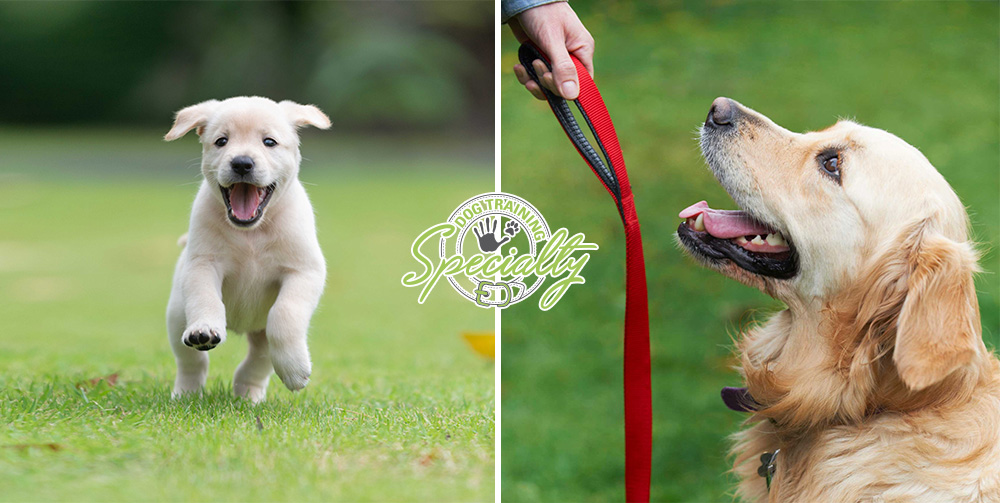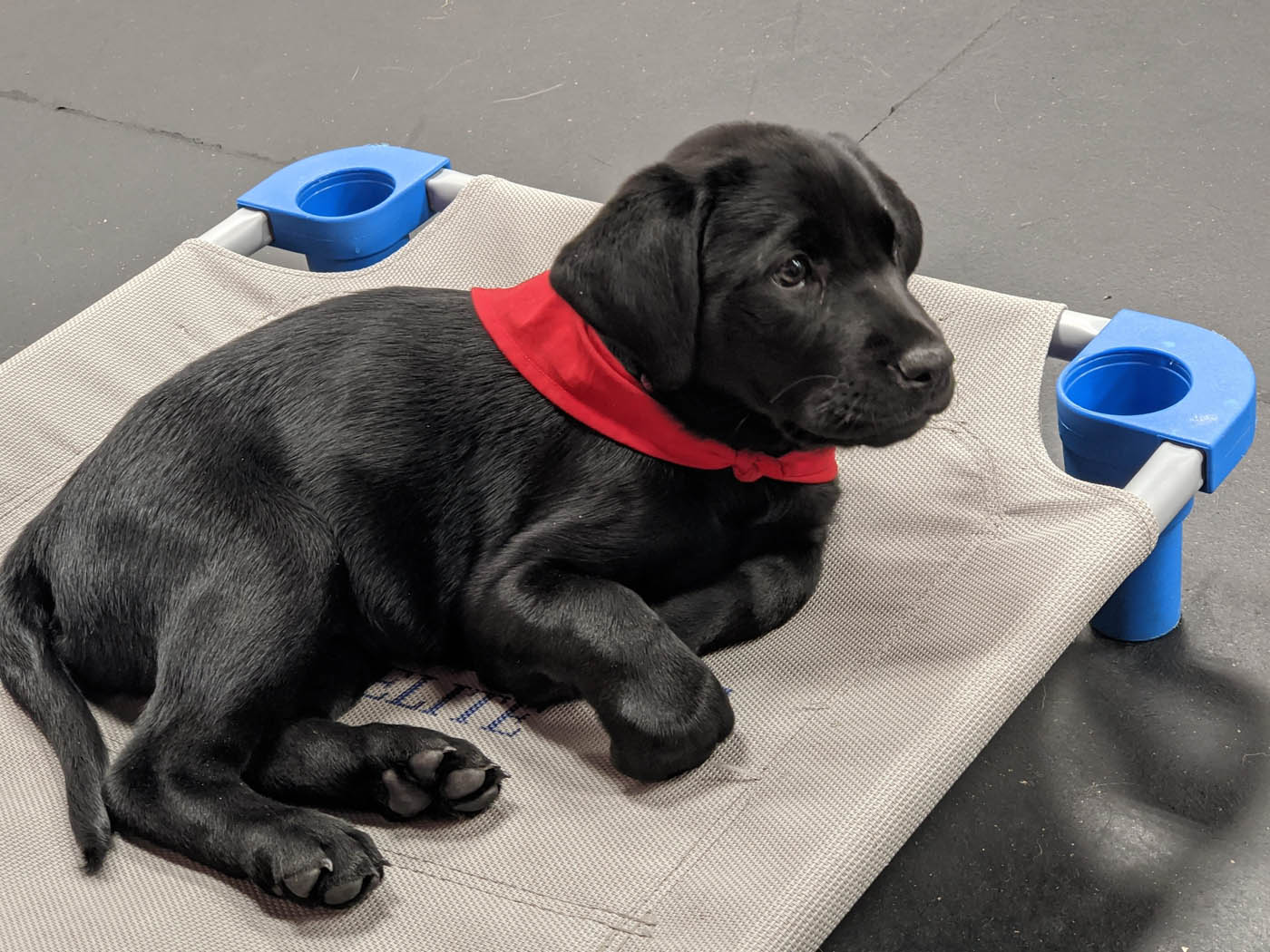Unlock Your Canine's Potential: Proven Dog Training Strategies for Success
Efficient pet training is a nuanced process that pivots on understanding canine habits and using scientifically backed methods. By incorporating positive support, establishing clear commands, and prioritizing socializing, canine proprietors can cultivate an efficient partnership with their family pets.
Understanding Canine Actions
Understanding canine actions is vital for effective training and cultivating a positive connection in between pet dogs and their owners. An extensive understanding of canine body movement, articulations, and social interactions is vital for identifying their needs and emotions. Pet dogs interact primarily through non-verbal cues; for instance, a wagging tail may suggest enjoyment, while pinned ears can indicate concern or entry.

Furthermore, environmental factors play a substantial function fit a pet dog's habits. Adjustments in regular, brand-new environments, or the existence of unfamiliar people can cause stress and anxiety or stress and anxiety in canines. Identifying these triggers allows owners to alleviate unfavorable responses and establish ideal training methods.
Ultimately, a deep understanding of pet habits lays the structure for successful training techniques, improving both habits and the overall bond between the pet and its proprietor. dog training charlotte nc. This knowledge is crucial for fostering a well-adjusted, happy canine friend
Positive Reinforcement Strategies
Effective training counts heavily on positive support techniques, which have actually been shown to produce significant lead to shaping wanted behaviors in pets. This technique entails awarding a pet for displaying specific actions, thus increasing the chance that these actions will be duplicated. Benefits can take numerous forms, consisting of treats, appreciation, toys, or play, depending upon what encourages the private pet.

It is important to slowly terminate rewards as the pet learns the actions, transitioning to intermittent support. This strategy keeps the behavior gradually while avoiding dependence on constant incentives. By concentrating on favorable support, fitness instructors can grow a trusting connection with their dogs, promoting a healthy and balanced and participating training environment that improves total obedience and performance.
Establishing Regular Commands
A fundamental element of effective canine training is the facility of regular commands. Consistency in commands is vital for reliable communication between the canine and the fitness instructor. When commands are consistent, dogs discover to associate particular words with wanted behaviors, which accelerates the training procedure and boosts understanding.
To develop regular commands, it is important that all member of the family make use of the exact same terms and motions. As an example, if someone utilizes "rest" while another says "take a seat," it can develop complication for the canine. Select clear, unique words for commands and ensure everyone associated with the canine's training adheres to these options.
In addition, repeating is crucial. Strengthen commands with constant method, making sure that the pet dog obtains enough possibilities to react properly. When a pet dog effectively complies with a command, instant positive support should adhere to. This could be in read this post here the form of treats, praise, or play, strengthening the connection between the action and the command.
Finally, hold your horses. Establishing regular commands requires time and initiative. With dedication and clarity, you will certainly assist your canine establish a solid understanding of expectations, inevitably causing a well-behaved friend.
Socialization and Direct Exposure
Socializing a pet is vital for cultivating a well-adjusted and certain friend. This process includes revealing your canine to a selection of environments, individuals, and other animals to create their social skills and versatility. Early socializing, ideally in between the ages of 3 to fourteen weeks, is essential, as it prepares for a canine's future actions.
During socializing, aim to supply positive experiences in different setups, such as parks, busy streets, and homes with various other pet dogs. Introduce your pet dog to numerous stimuli, consisting of sounds, views, and scents, making sure that each encounter is fulfilling. This exposure assists mitigate anxiety and anxiety, leading the way for a much more resistant canine.
Participating in regulated group play sessions with other pets can additionally enhance social skills, showing your pet suitable communications and borders. Always monitor your canine's convenience degree throughout these experiences, progressively increasing exposure as their confidence Click Here grows. Keep in mind, the objective is to create a well-rounded animal that thrives in diverse situations, promoting an unified partnership with both human beings and various other animals. Focusing on socialization will substantially add to your pet's overall happiness and behavior throughout their life.
Overcoming Common Educating Obstacles

Pet dogs might struggle to focus in busy or unknown setups. Progressively desensitize your pet dog to diversions by starting training in a quiet environment and slowly presenting even more stimulations as they come to be efficient.
In addition, behavior problems like jumping or excessive barking can become discouraging. Address these by teaching alternative actions, such as resting comfortably when welcoming visitors. Uniformity and perseverance are vital; enhance wanted habits regularly and avoid scolding, which can cause confusion.
Last but not least, recognize that each dog is distinct, and training timelines might differ. Tailor your approach to your pet dog's specific requirements, and seek expert advice if required. With determination and the best techniques, overcoming these obstacles can result in a trained, pleased canine friend.
Final Thought
Finally, unlocking a dog's possible demands a thorough strategy that integrates an understanding of canine habits, the application of positive support methods, and the establishment of consistent commands. Early socializing and exposure to diverse environments better improve a canine's flexibility and self-confidence. By attending to usual training challenges with tailored strategies and perseverance, a harmonious and participating partnership between canine and trainer can be promoted, eventually leading to a mannerly buddy with the ability of prospering in numerous situations.
Effective canine training is a nuanced process that pivots on recognizing canine behavior and utilizing medically backed strategies.Comprehending pet actions is necessary for reliable training and fostering a positive relationship between pets and their proprietors.Reliable training depends heavily on positive reinforcement techniques, which have been revealed to generate considerable results in shaping desired actions in pets. When commands are uniform, canines learn to associate particular words with desired behaviors, which accelerates the training process and enhances understanding.
In conclusion, opening a pet's possible demands look at these guys a detailed method that includes an understanding of canine behavior, the application of positive support methods, and the establishment of regular commands.
Comments on “Why Dog Training Near Me is Important for Your Canine Companion”